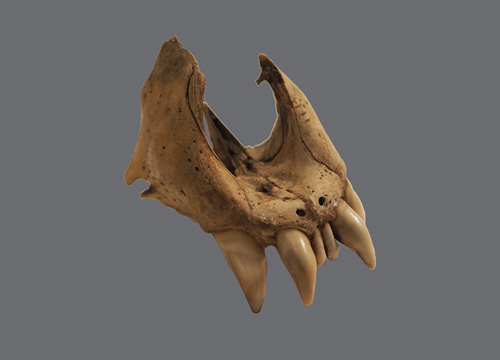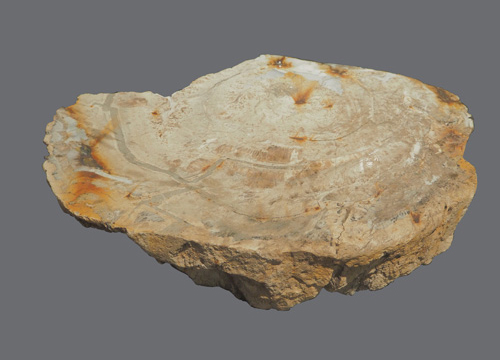Seal jaw, from the Arts Centre of Christchurch

You old fossil

Seal jaw, from the Arts Centre of Christchurch
Seal jaw
Excavated from the Arts Centre South Quad. Possibly used by Canterbury College for the study of biological sciences
The Arts Centre of Christchurch Collection
There are lots of ways to find a date for an object. Sometimes a date for an object can be found by comparing it with the other objects it was found with. For example, a coin with a date stamped into it might help to give a rough date for other objects found alongside it.
For Classical archaeologists, who study ancient Greece and Rome, one of the most trusted ways to figure out the date of an archaeological site is by using the ceramics they find. Archaeologists will compare them to known styles and types of ceramics for that culture, which have been placed into a series showing how they developed over time.
A more recently discovered way to date objects is by radio carbon dating. While plants and animals are alive, they absorb radioactive carbon-14 from the atmosphere, but when the plant or animal dies, the carbon-14 starts to decay and very slowly disappear. By measuring the rate at which carbon-14 is disappearing, scientists can calculate how how old the material is. Unfortunately carbon dating isn’t always accurate, and only organic things can be dated this way, such as bones, wood used in buildings, or the leftovers of your last meal.
Fossilized tree sample
North Canterbury, Cretaceous period
University of Canterbury School of Geological Sciences Rock Collection
This piece of fossilized tree is approximately 70 million years old. Scientists at the University of Canterbury think this tree was probably from North Canterbury, and would have been part of what is called the ‘Broken River Formation’. It is difficult now to tell what type of tree it was, but it would have been large and may even have been eaten by dinosaurs!

Fossil tree sample, UC School of Geological Sciences
One way to describe how old an object is by putting the letters BC or AD after a date. Anno Domini, or AD, is used to refer to all those years after the estimated birth of Christ, from 1 AD up to the present day. BC or ‘Before Christ’ refers to all the years before that. Nowadays, museums and academics often use the terms BCE (Before Common Era) and CE (Common Era) to describe the same time periods.
All radio carbon dates are measured backwards from 1950, which was the year that the first radio carbon dates were published. Radio carbon dating uses the term BP which means ‘before the present’.